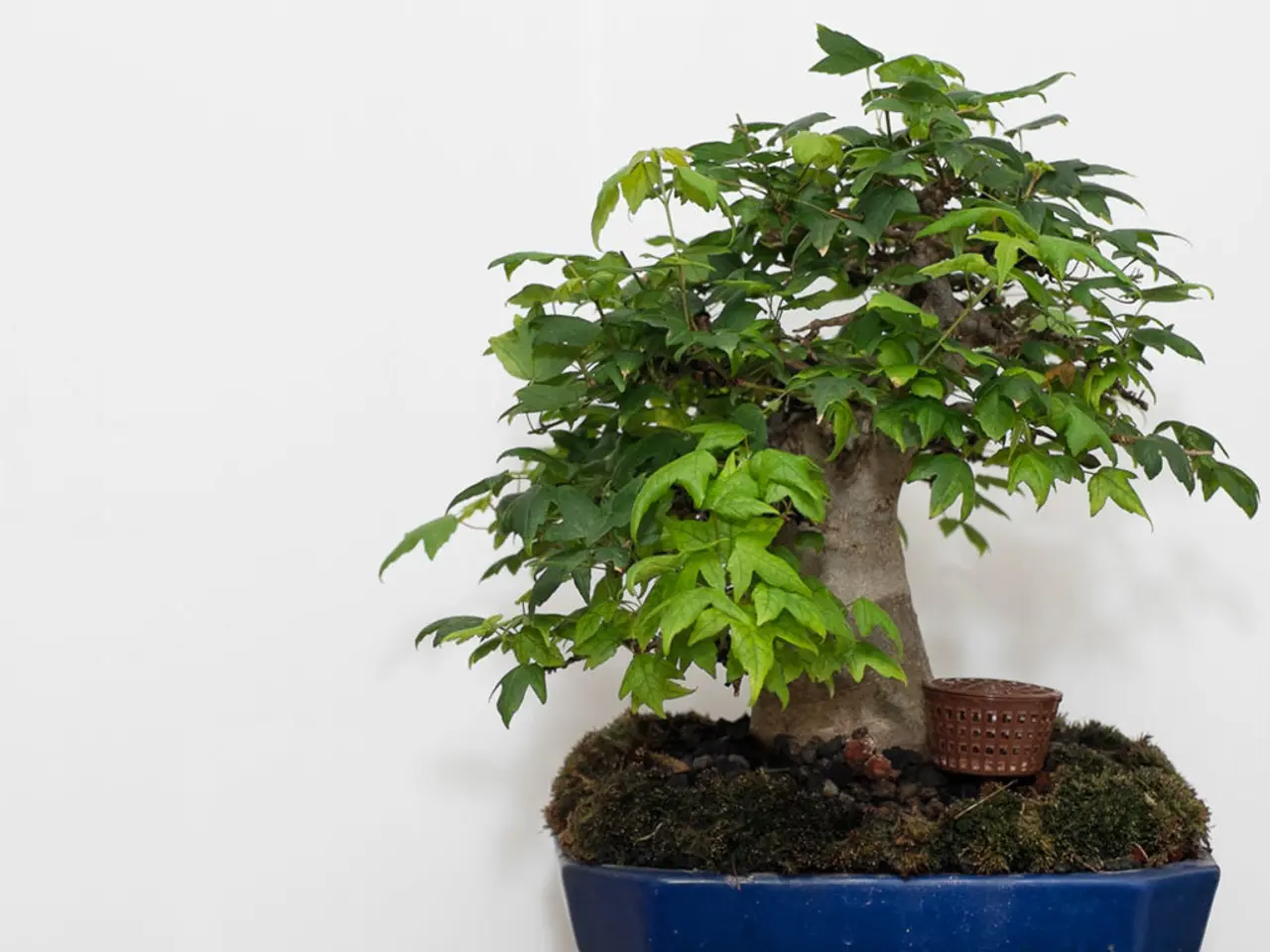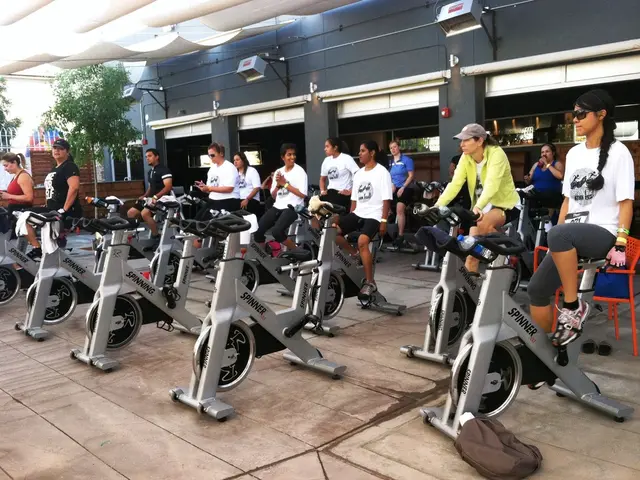Maintaining Indoor Bonsai's Humidity for Vibrant and Thriving Trees
Clustering bonsai trees is a popular practice among enthusiasts, offering numerous benefits for both the aesthetic appeal and the health of the plants. By bringing multiple bonsai trees together, you create a serene and peaceful atmosphere while fostering a deeper connection to nature.
Enhanced humidity levels from clustering reduce transpiration rates, promoting healthy foliage. This localized humid microclimate is mutually beneficial, allowing indoor bonsai to thrive. However, it's crucial to ensure adequate air circulation to prevent stagnation and encourage healthy growth.
When selecting a humidifier for indoor bonsai, consider options that provide a fine mist, are easy to clean, and have adjustable humidity settings. A built-in humidistat can detect and adjust humidity levels automatically, ensuring a consistently ideal environment for your bonsai trees.
A terrarium can maintain high humidity for indoor bonsai, but it's essential to monitor humidity levels to avoid over-humidification, which can lead to fungal diseases and root rot. Covering bonsai with plastic wrap is not recommended for the same reasons.
Reduced water loss occurs due to the creation of a microclimate, conserving water and energy for bonsai trees. However, during winter months, maintaining proper humidity becomes even more vital for indoor bonsai trees, as they may experience increased transpiration rates, leading to stress and damage to foliage.
In low-humidity environments, watering indoor bonsai requires precision and finesse, watering every 2-3 days or when the top inch of soil feels dry to the touch. Pruning indoor bonsai is also essential to maintain shape and promote healthy growth, as dry air can lead to weak, leggy branches.
Humidity trays or pebble trays filled with water can be used to increase humidity around indoor bonsai, creating a localized humid microclimate. Ultrasonic humidifiers are particularly well-suited for indoor bonsai due to their ability to create a gentle mist.
Recommended indoor bonsai species naturally adapted to low humidity and stable temperatures include the Carmona bonsai (also known as tea tree bonsai), which requires moderate humidity but can survive indoor conditions if misted regularly; the Ficus bonsai (such as Ficus Ginseng), which is relatively tolerant of indoor environments; and Crassula (jade plant), which is drought-resistant and tolerates lower humidity.
By understanding the importance of humidity for indoor bonsai and implementing the right strategies, you can create the perfect environment for your bonsai trees to thrive and enjoy their beauty for years to come.
Read also:
- Overweight women undergoing IVF have a 47% higher chance of conceiving naturally post-weight loss
- Bonsai Trees from Evergreen Species: Exploring Growth Characteristics & Distinct Qualities
- What temperatures may make walking your canine companion uncomfortable?
- Title: Information About Beovu: Potency, Form, Usage, and Additional Details






